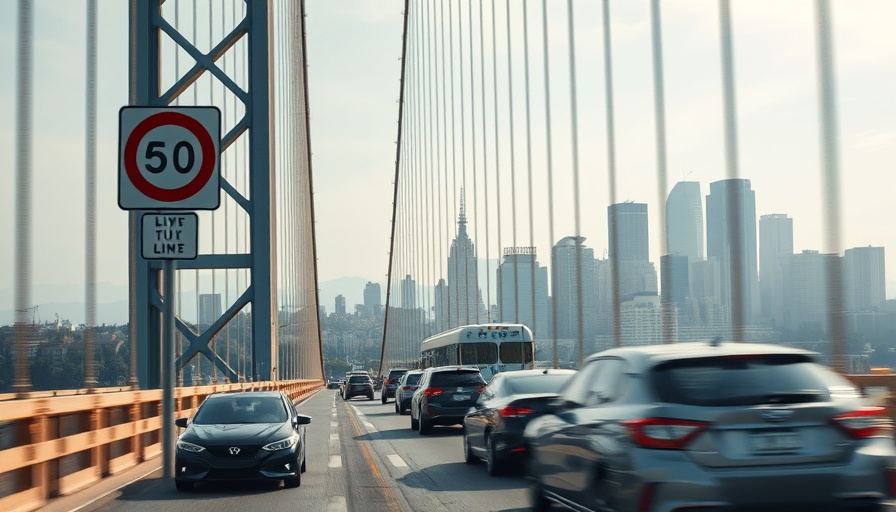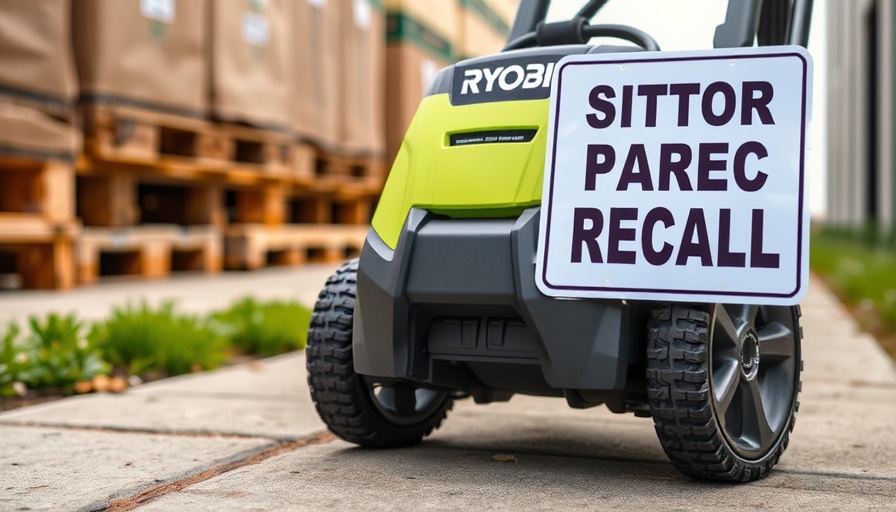
Understanding the Intricacies: How Speed Limits Are Determined
For many of us, speed limits are simple signs along the road guiding our driving decisions. However, the science behind how these limits are set intertwines with complex engineering, socio-political decisions, and public safety considerations. From the early days of horseless carriages to today’s high-speed vehicles, speed limit science has evolved continuously, adapting to new technology and changing societal norms.
The Foundations of Speed Limits
Speed limits are not arbitrary; they are established based on a systematic evaluation of multiple factors by traffic engineers. According to Nathan Kautz, a transportation engineer, speed limits in the US primarily adhere to the Federal Highway Administration’s Manual of Uniform Traffic Control Devices (MUTCD). The guidance provided in this manual considers various critical elements that shape the safety and flow of traffic:
- Roadway Environment: This includes the type of area (urban, rural, suburban) where the road is situated, impacting how drivers perceive safety and speed.
- Road Characteristics: Factors like road width, number of lanes, and presence of pedestrian walkways influence the appropriate speed limits.
- Crash Experience: Previous accident statistics help city planners assess areas that may need stricter speed regulations.
- Vehicle Speed Trends: Understanding what speeds most drivers are already traveling guides alterations in speed limits to match safe driving behavior.
Despite the structured approach to determining speed limits, Kautz points out a significant flaw—many limits are often reviewed reactively. Changes to speed limits typically occur only after issues arise, evening out what could have been proactively regulated.
Varying Standards: A Patchwork of Speed Regulations
Geographical disparities further complicate the setting of speed limits. Mike Agruss, a legal expert, emphasizes that although federal guidelines exist, states and even cities enjoy autonomy over speed regulation. This leads to notable contrasts in speed limits even within the same state. For example, a highway's speed limit may be set entirely differently than that of a city road with heavy pedestrian traffic.
Municipalities may face pressure to examine their speed limits when crash data suggests dangerous conditions, prompting a review or an overhaul of existing speed policies. Some communities are turning towards modern solutions such as roundabouts and diverging diamond intersections as alternatives to standard intersections.
The Controversy of the 85th Percentile Rule
One of the central points of contention in speed limit setting is the 85th percentile rule. This approach posits that speed limits should reflect the speed at which 85% of drivers are traveling. Proponents argue that this method aligns speed limits with actual driving behavior; however, critics assert it can lead to speed limits that are overly lenient. As traffic conditions and behaviors evolve, particularly in urban environments where we are experiencing a rise in cycling and walking, there is growing debate over the appropriateness of using this model without further statistical backing. As Robert Dillman points out, we must ask: is enforcing high-speed limits aiding traffic efficiency, or is it fostering dangerous driving habits?
Looking to the Future: Exploring New Possibilities
The evolving landscape of transportation technology, coupled with shifting cultural attitudes toward safety and community living, suggests that the future of speed limits may require a complete makeover. Integrating the latest technologies in traffic sensing and safety measures could lead to a more dynamic approach—adapting speed limits in real-time based on current conditions and usage patterns.
Engaging in community conversations about speed limits can create a more informed public, leading to stronger representation and accountability from elected officials. It creates opportunities for citizens to voice their concerns about safety while emphasizing the need for research-based assessments to support those claims.
The conversation surrounding speed limits is more than just a matter of numbers. It ties into our collective responsibility for road safety, community welfare, and environmental practices. Understanding how speed limits are set and their implications on our daily lives encourages advocacy for safer transportation systems and collaborative community efforts.
What do you think about the current speed limits in your area? Are they too high or too low? Speak up and join the conversation!
 Add Row
Add Row  Add
Add 




Write A Comment